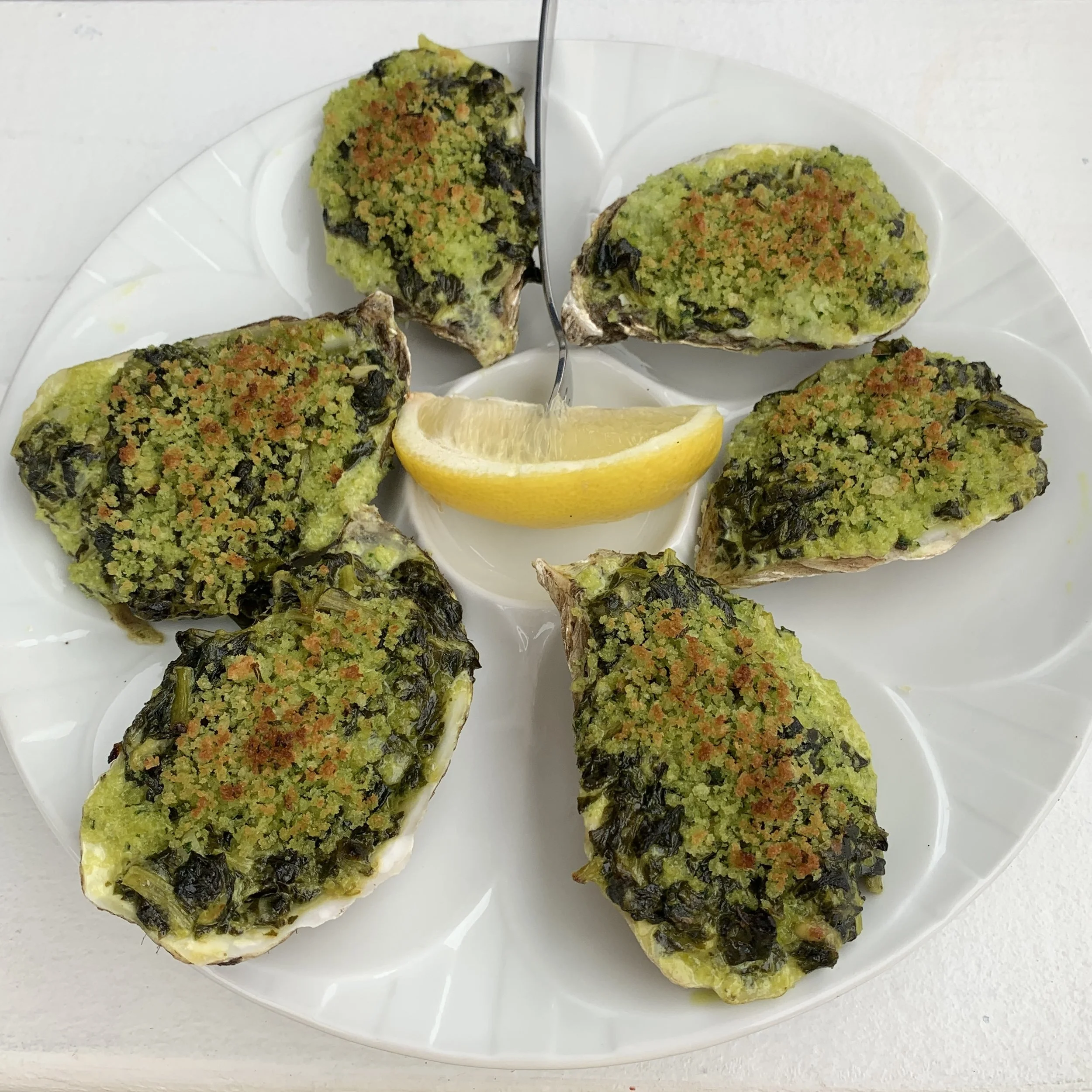July 23 being National Lemon Day (every day is a holiday on the internet), let’s review a few points on the Perfectly Proper use and service of lemons.
When lemon is served with tea, thin half slices of lemon should be arranged on a small glass dish with the other tea things. Slices are better than wedges for tea. A slice can float unobtrusively on the surface, while a wedge would just sit in there like a beached whale. It’s not always easy to slice things thinly; be sure your knives are sharpened.
But before that tea tray leaves the kitchen, carefully remove the pips (seeds) from each slice. It’s not just aesthetics. They actually have a negative impact on how the tea tastes. Life is bitter enough as it is, no matter how much sugar you might add as well.
And speaking of pips, when half a lemon is served with fish or seafood, it’s often wrapped in gauze or cheesecloth to keep the pips out of your dinner. Very thoughtful. And if the cheesecloth is dyed lemon yellow and it’s wrapped with a tiny bit of green or white ribbon or twine, well . . . that’s both thoughtful and dainty.
If you like a squirt of lemon on your oysters on the half shell, squirt the whole dozen at once, not one at a time. It might run dry before you get to the end.
Lemons don’t always squirt only where we want them to. Protect the surrounding area by cupping your hand over the lemon as you squeeze it.
When a cocktail requires a lemon twist for garnish, twist the lemon peel directly over the surface of the drink, so close that you almost get your knuckles wet (but not that close). The point of this exercise is to express the lemon peel’s natural oils over the surface of the drink. If you’re twisting it even three or four inches above the surface, it’s a wasted effort.
Finally, a bowl of lemons makes a lovely, simple, unpretentious table centerpiece. We don’t always need flowers.

